Scoliopteryx libatrix
(Linnaeus, 1758)
-
 Subfamily: Scoliopteryginae, Scoliopterygini
Subfamily: Scoliopteryginae, Scoliopterygini -
 Wingspan: 40-45 mm
Wingspan: 40-45 mm -
 Flight period: May - Nov (Jan - Dec)
Flight period: May - Nov (Jan - Dec) -
 Spread: Common
Spread: Common -
 Host plants: Rosaceae, Salicaceae
Host plants: Rosaceae, Salicaceae
Information
The Scoliopteryx libatrix is a moth of the Erebidae family, subfamily Scoliopteryginae, with a wingspan of 40-45 mm.
Visible throughout Europe including Iceland, in Italy it is also present in the islands. *
It is also found in Central Asia and in the Mediterranean region of North Africa.
The front wings of the Scoliopteryx libatrix are broad; the front angled at the center of the termen, concave between the corner and the apex.
The color of the front wings is gray mixed with ocher and orange and shaded streaks, behind they have a pinkish tinge. Terminal white veins.
An irregular median suffusion that goes from the base to the center, is of an orange-red color more or less mixed with yellow.
Both inner and outer lines are pale with dark edges. A white spot is visible at the base of the median vein; a white dot represents the orbicular stigma;
A kidney spot is visible, formed by two black points.
The hind wings are gray tinged with brown. Head and thorax are gray-orange, abdomen gray with light shades of orange.
In the males the antennae are bipectinate, while in the females they are filiform.
The Scoliopteryx libatrix is a sub-troglophilic moth (organisms that usually stay in the parts of the cavities close to the outside).
It is bivoltine and visible all year round even if the flight period is from May to November. The habitats in which it can be found are various, woods, parks and gardens, and (perhaps consequently)
the model of the wing at rest resembles a withered leaf. Adults are attracted to both light and sugar. It overwinters in the adult stage.
He spends the day and the whole winter in the cave where he stays in the most absolute stillness on the sides, but more often on the vault of the galleries.
The eggs are white, flattened with slight hollow lines in the direction of the meridians.
The caterpillar is light green with subdorsal lines in the upper part white, in the lower part dark green, these lines are more or less hinted at depending on the specimen.
The head is lighter than the body. **
The pupa is dark brown / black sometimes with reddish hues in the abdominal segments, and with a double hooked cremaster.
The larvae feed on Salix sp. (willows) and Populus sp. (poplar) and Rosaceae such as Sorbus aucuparia.
* Lepidoptera mundi https://lepidoptera.eu/ - Fauna Europea https://fauna-eu.org/
** Bestimmungshilfe für die in Europa nachgewiesenen Schmetterlingsarten - http://lepiforum.de/
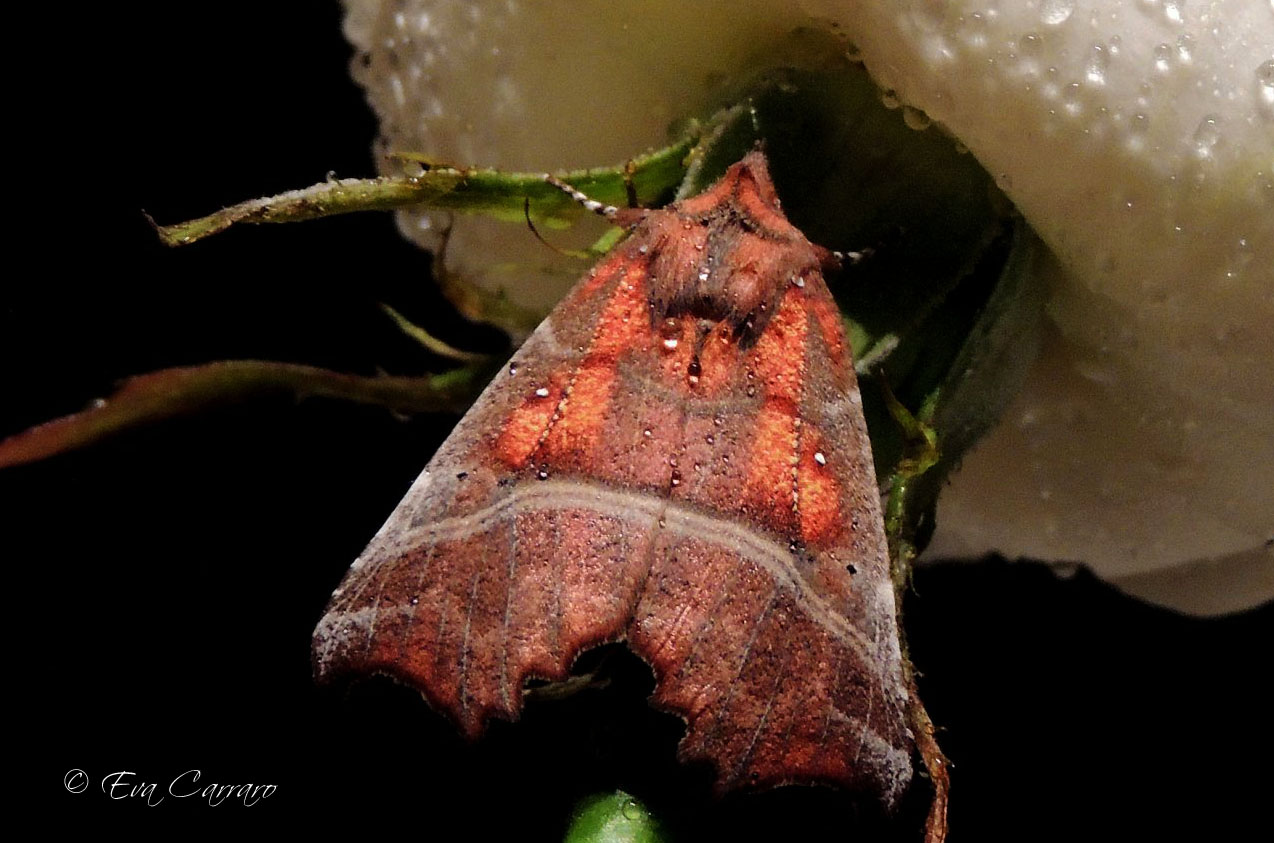
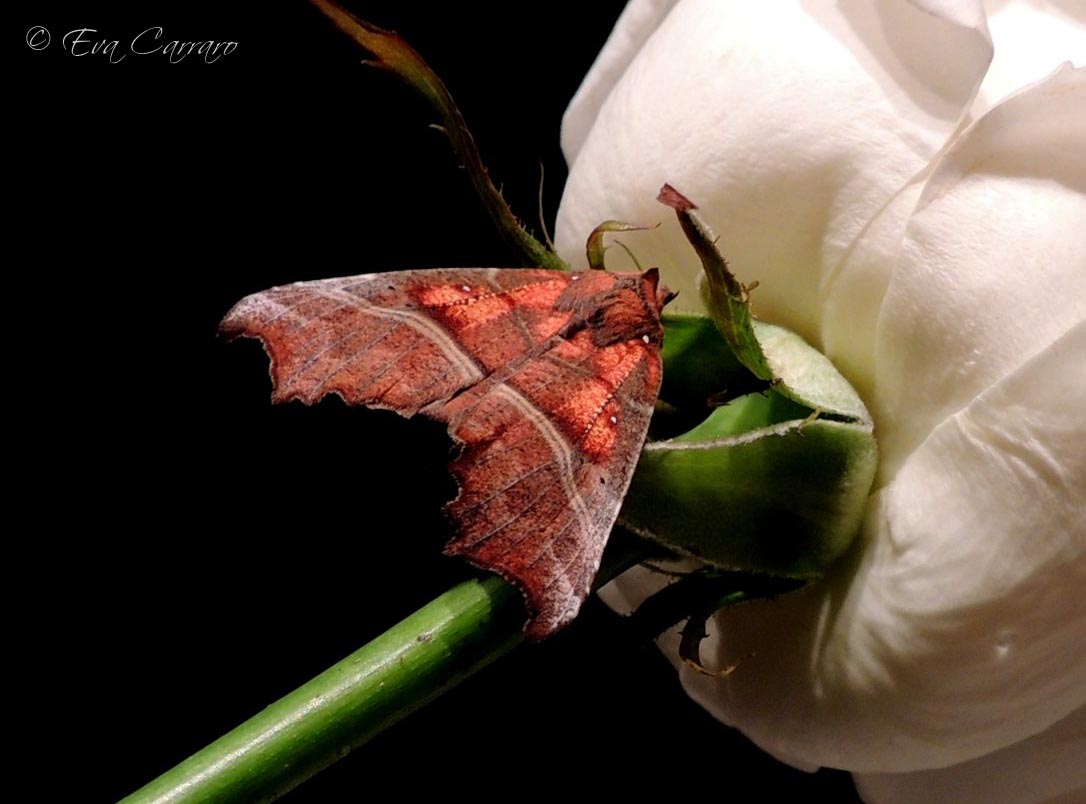
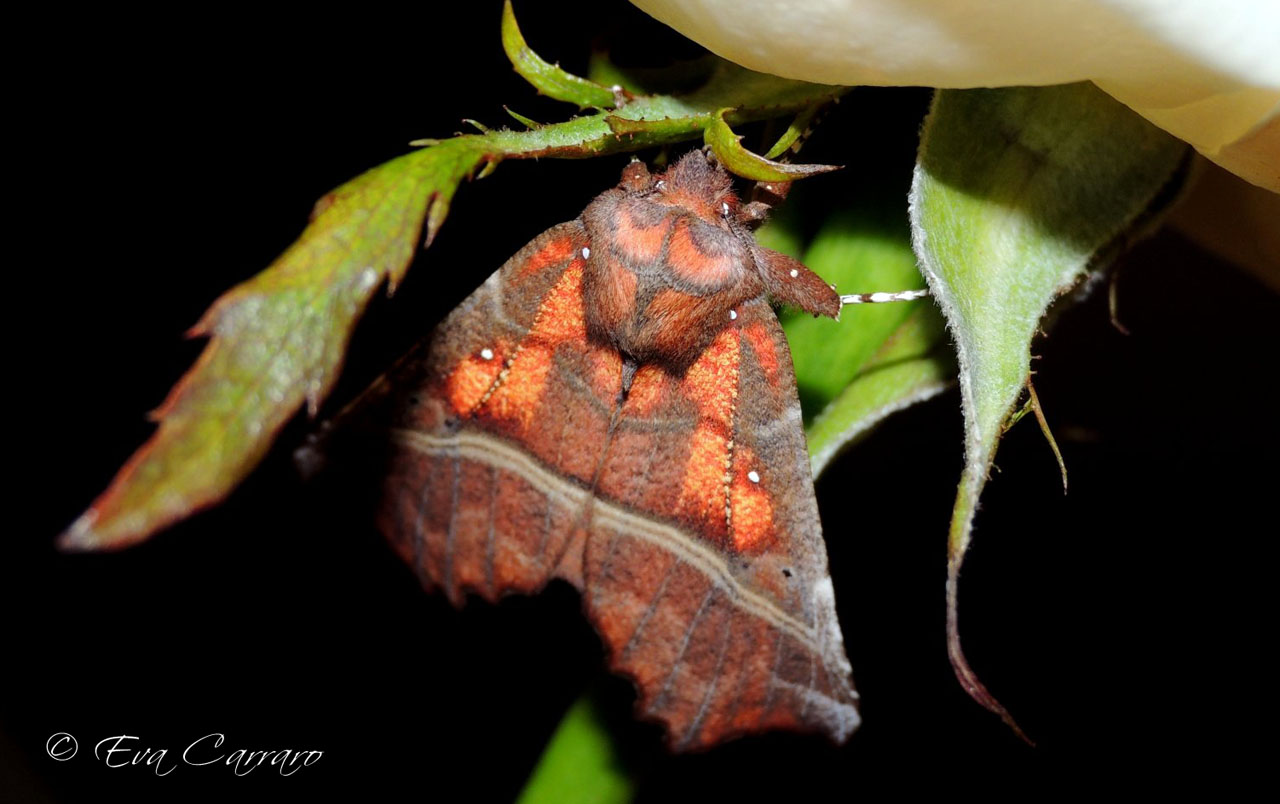
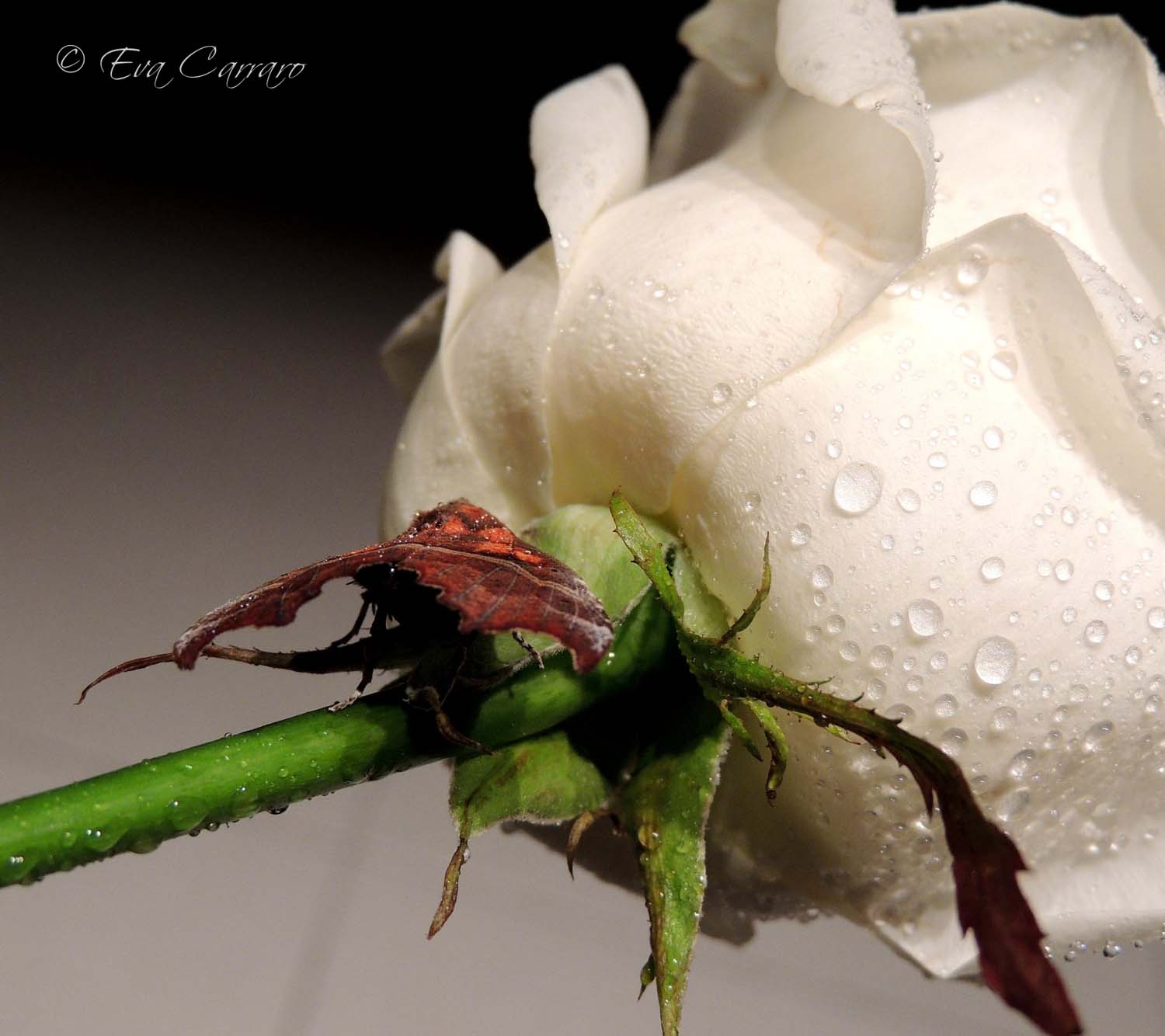
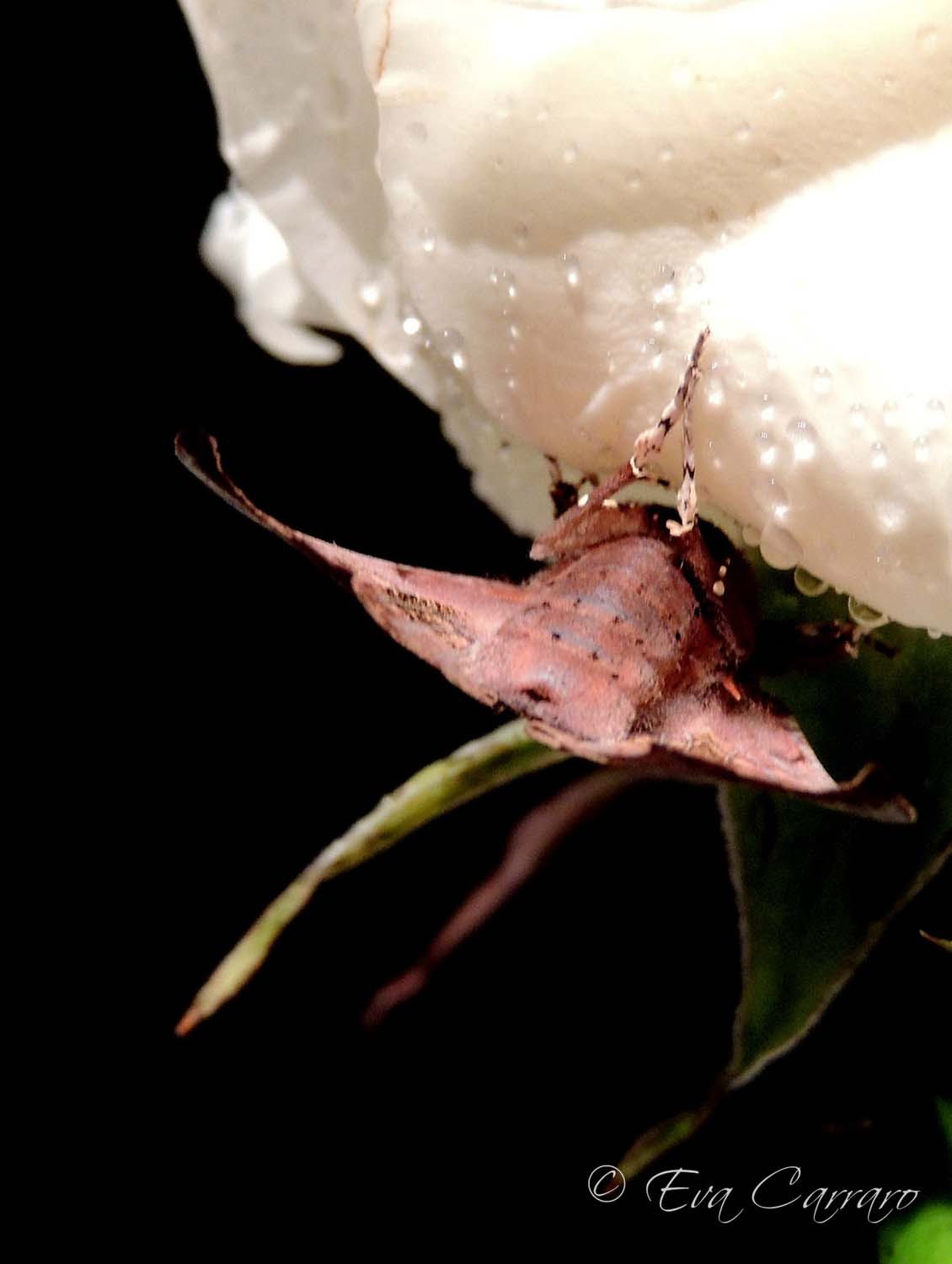
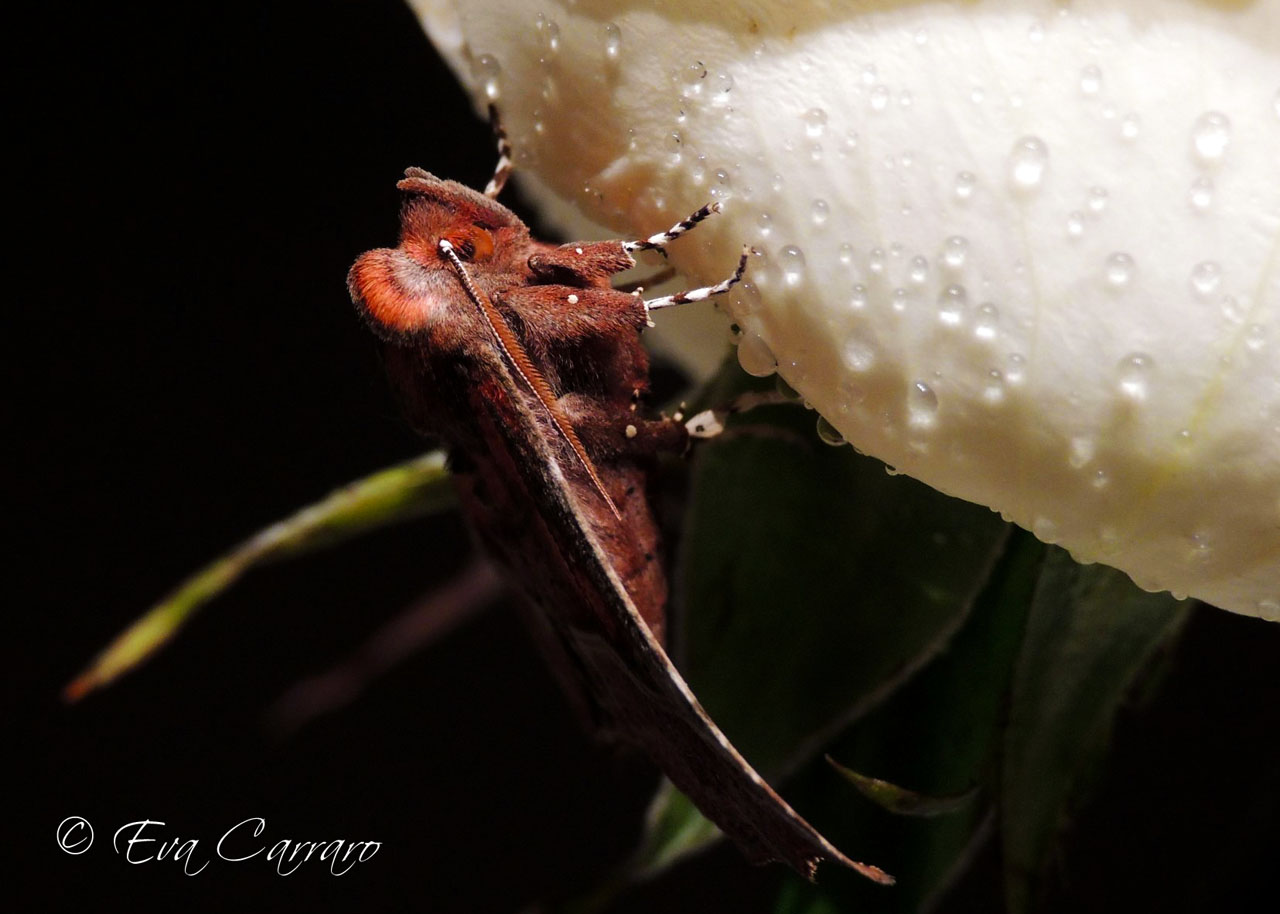
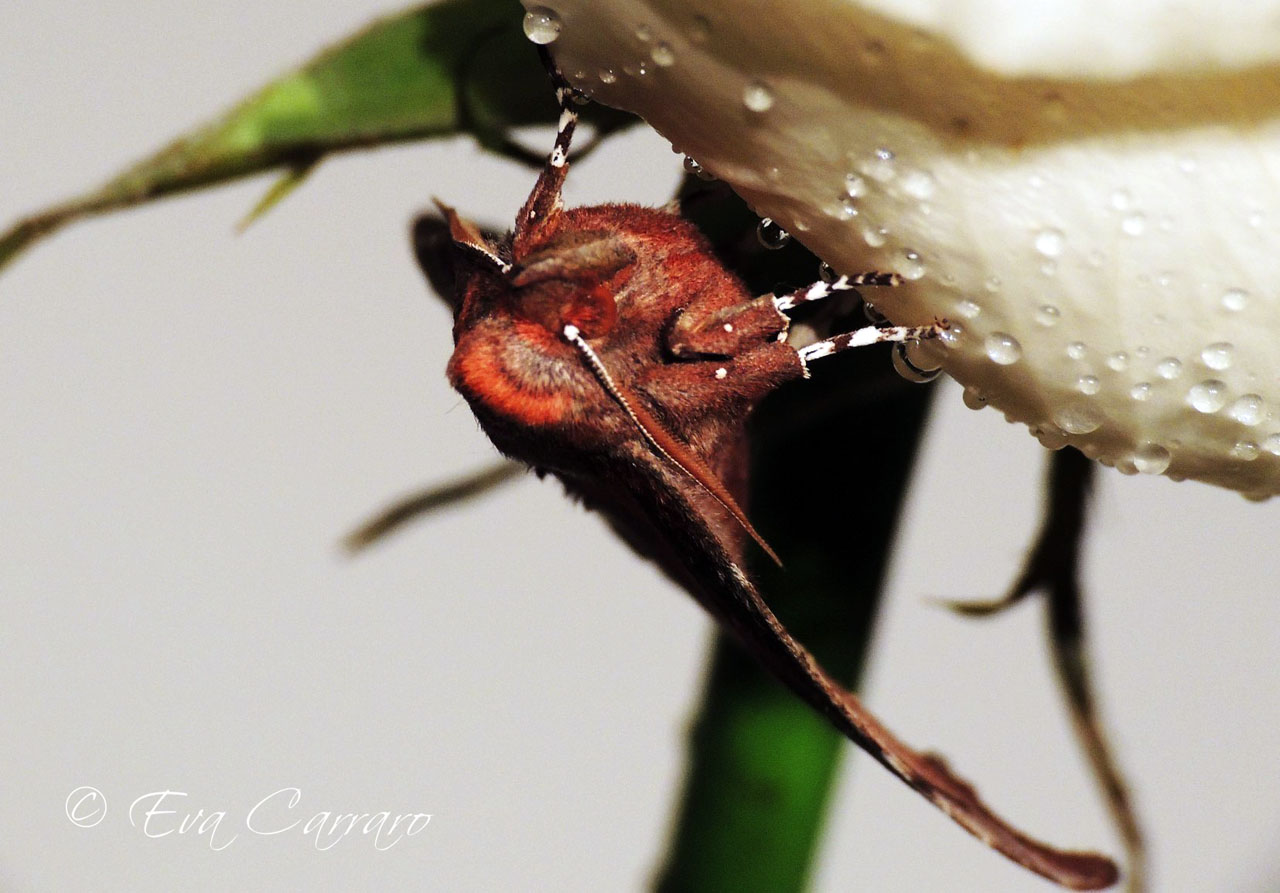
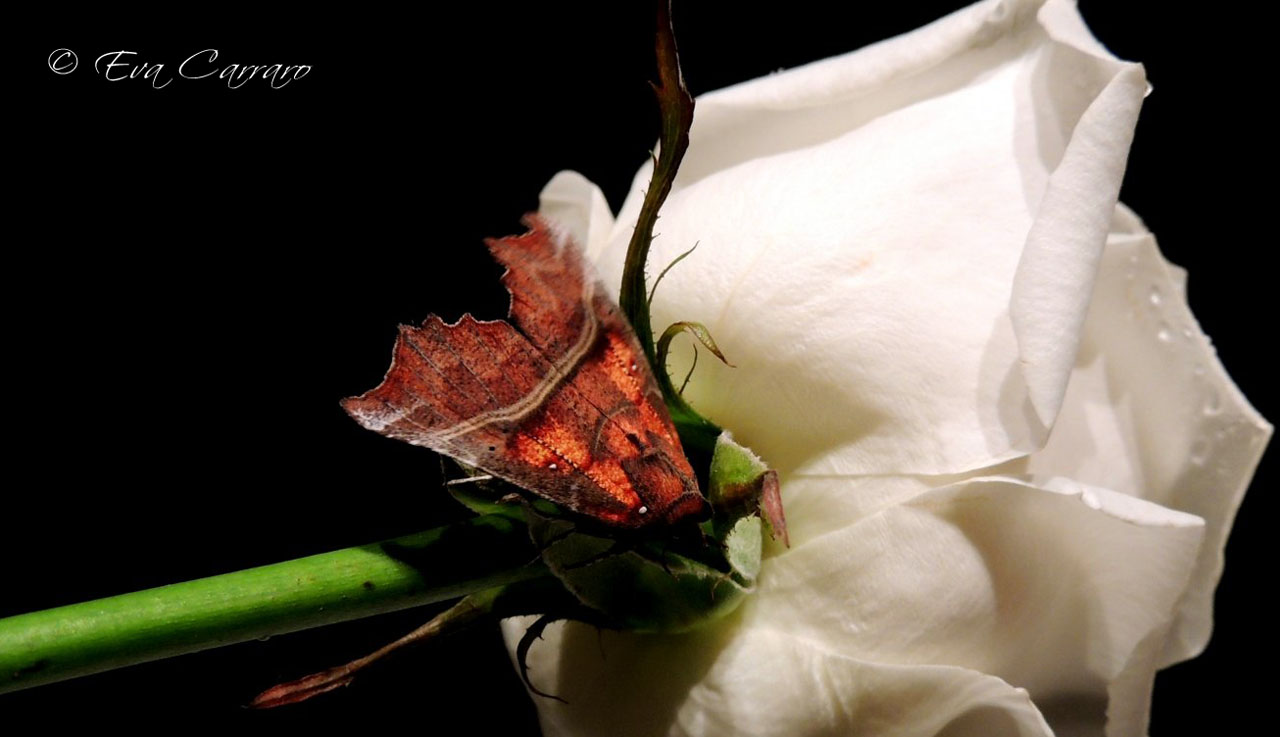

 EN
EN ITA
ITA
Social and publications